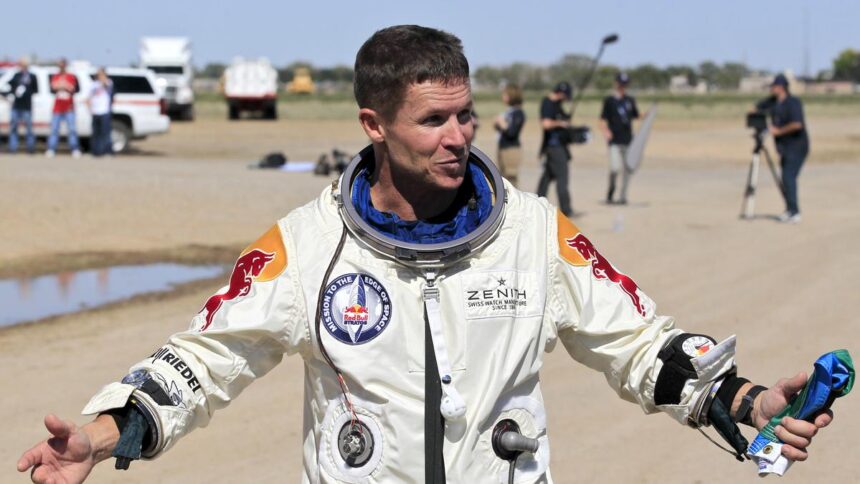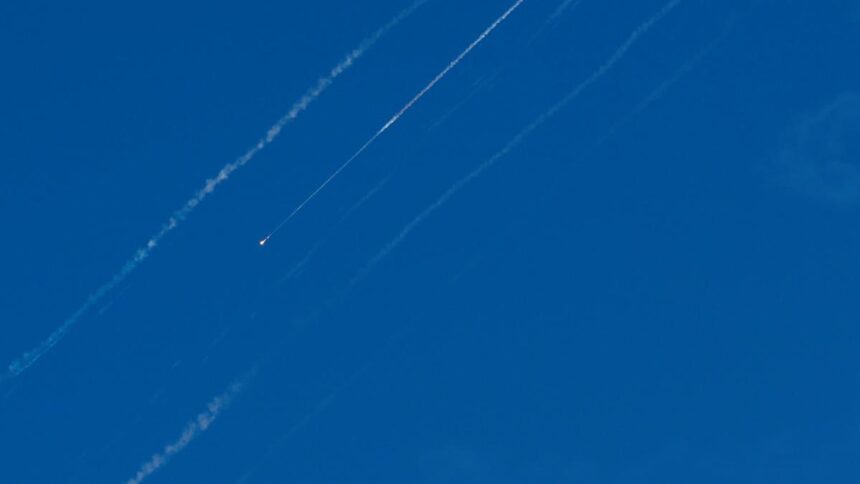The story so far:
The North Atlantic Treaty Organization (NATO) summit in June pledged to increase military spending to 5% of the member nations’ GDP (specifically “core defence requirements as well as defence and security-related spending by 2035”). The previous spending target was 2%. Such a move is symptomatic of the sharp increase in global military spending in the last few years.
What has been the historical trajectory of military expenditures?
According to the Stockholm International Peace Research Institute (SIPRI), which produces the most comprehensive database on military spending, global military spending was $2,718 billion in 2024. The year saw a 9.4% increase, which was the highest year-on-year increase since 1988, with the Russia-Ukraine war and the Israel-Gaza conflict contributing to it. In 2025, the world saw two big additional conflicts, between India and Pakistan, and Israel and Iran. This, combined with the NATO pledge, will see further increases in global military spending in the coming years.
Historically, the Cold War period saw the highest amounts of global military spending. It was 6.1% of the world’s GDP in 1960. In the last year of the Cold War, it was at 3%. It reached its lowest levels in 1998 at 2.1% (a total expenditure of around $1,100 billion). In 2024, it reached 2.5% (from 2.3% in 2015).
Who are the biggest military spenders?
The United States is the biggest military spender in the world with $997 billion, followed by China at $314 billion, Russia at $149 billion, Germany at $88.5 billion and India at $86.1 billion — these nations are the top five military spenders. Almost 80% of the total worldwide military spending is spent by the top 15 military spenders. All of the NATO members (32) combined spent $1,506 billion, which makes it around 55% of global military spending. Thus, there is a concentration of spending in a few countries.
In terms of GDP percentage, among the top 20 spenders (excluding countries at war such as Russia, Ukraine and Israel), the highest spenders include Saudi Arabia (7.3%), Poland (4.2%) and the U.S. (3.4%). The rest fall in the range of 2.6% to 1.3%.
What about the expenditure on other public goods?
The present wave of remilitarisation threatens to eliminate the gains made from declining military expenditures after the end of the Cold War.
According to the Global Peace Index, in 2023, militarisation increased in 108 countries and the year saw the highest number of conflicts since World War II. Of course, military spending, driven by the military-industrial complex, can benefit certain sectors of the economy. Yet, as studies show (for example, by Masako Ikegami and Zijian Wang, based on 116 countries), there is a significant crowding-out effect that increased military spending has on domestic government health spending, the effects of which are borne more by middle- and low-income countries. But even high-income countries are not immune. Spain, which spends only 1.24% of GDP on defence, asserted its sovereignty and opted out of the new NATO target citing that it is “unreasonable” and that the extra burden of 300 billion euros will cut welfare spending. It should be noted that nine NATO members failed to meet even the 2% target by 2024 despite it being proposed first in 2002.
What about the UN?
The present military spending of $2.7 trillion and its scale can be understood only by placing it in the context of other critical global expenditures. The latest budget of the United Nations is only $44 billion — with which it should fund development, humanitarian aid, and peacekeeping operations. But the UN, in six months, has only received $6 billion, and as a result, is seeking to reduce the budget to $29 billion. In the 12-day Israel-Iran war, the U.S. is estimated to have spent nearly $1 billion on missile interceptors alone.
The U.S., under President Donald Trump, seeking to cut foreign aid is the major cause of the UN funding crisis. While Mr. Trump wants to be known as a peace-making President, he has pushed NATO to adopt the 5% military spending target and has closed down the U.S. Agency for International Development (USAID), which provided annual assistance to the tune of $50-60 billion worldwide in the few years until the Russian-Ukraine war. A Lancet study found that USAID assistance in healthcare, nutrition, etc., prevented 91 million deaths in low- and middle-income countries in the past two decades, and that Mr. Trump’s decision could potentially cause a staggering 14 million additional deaths by 2030, a third of them being children. It demonstrates that peace is not just the absence of war, but also the material conditions for the healthy sustenance of life.
Additionally, increased defence spending is upending the progress of achieving the UN Sustainable Development Goals (SDGs). It is estimated that ending extreme poverty and absolute monetary poverty globally by 2030 would need $70 billion and $325 billion respectively per year. It constitutes only 0.1% and 0.6% of the gross national income of high-income countries. The UN estimates that in 2021, around 4.5 billion people did not have full coverage of essential health services, and, that even spending just $1 per person yearly on preventing non-communicable diseases could save nearly seven million lives by 2030.
Increased military spending has deleterious effects on another SDG as well — combating climate change.
According to a study by the Conflict and Environment Observatory, if NATO’s defence spending reached 3.5% of GDP, greenhouse gas emissions would increase 200 million tonnes annually. When the world is seeing unprecedented heatwaves, and with 2024 being the hottest year on record, increased military spending will only divert scarce resources from climate mitigation, and other pressing public goods.
How is India affected by increased military spending?
Close to home, after Operation Sindoor, ₹50,000 crore was additionally sanctioned (to supplement the annual budget of ₹6.81 lakh crore) for emergency defence purchases to replenish used weaponry.
To put it in perspective, funds allocated by the centre for Ayushman Bharat health insurance which covers 58 crore people was ₹7,200 crore for 2023-24. India spends 2.3% of GDP on the military whereas the public expenditure on health, despite increasing in recent years, is very low. It is 1.84% of the GDP, less than the 2.5% target of the National Health Policy, and much less than the 10% mark of most developed countries. In the light of heightened tensions and public sentiment being in favour of militarisation, spending on other public goods might suffer. Military conflicts and spending can be ruinous for middle- and low-income countries. Lebanon spent 29% of its GDP, and Ukraine 34%, on military spending last year.
NATO Secretary General Mark Rutte stated that “We must spend more, to prevent war.” The present proposed increase is, according to NATO, mainly to counter Russia. Scholars note of the huge disparity between Russia and NATO: Russia’s economy is 25 times smaller and military spending, 10 times lesser. This shows how fear-mongering can be used by leadership to militarise society further.
If the NATO pledge does indeed become a reality, the consequences for human well-being will be enormous.
Nissim Mannathukkaren is a professor with Dalhousie University, Canada, and he is on X @nmannathukkaren.
Published – July 09, 2025 08:30 am IST





















